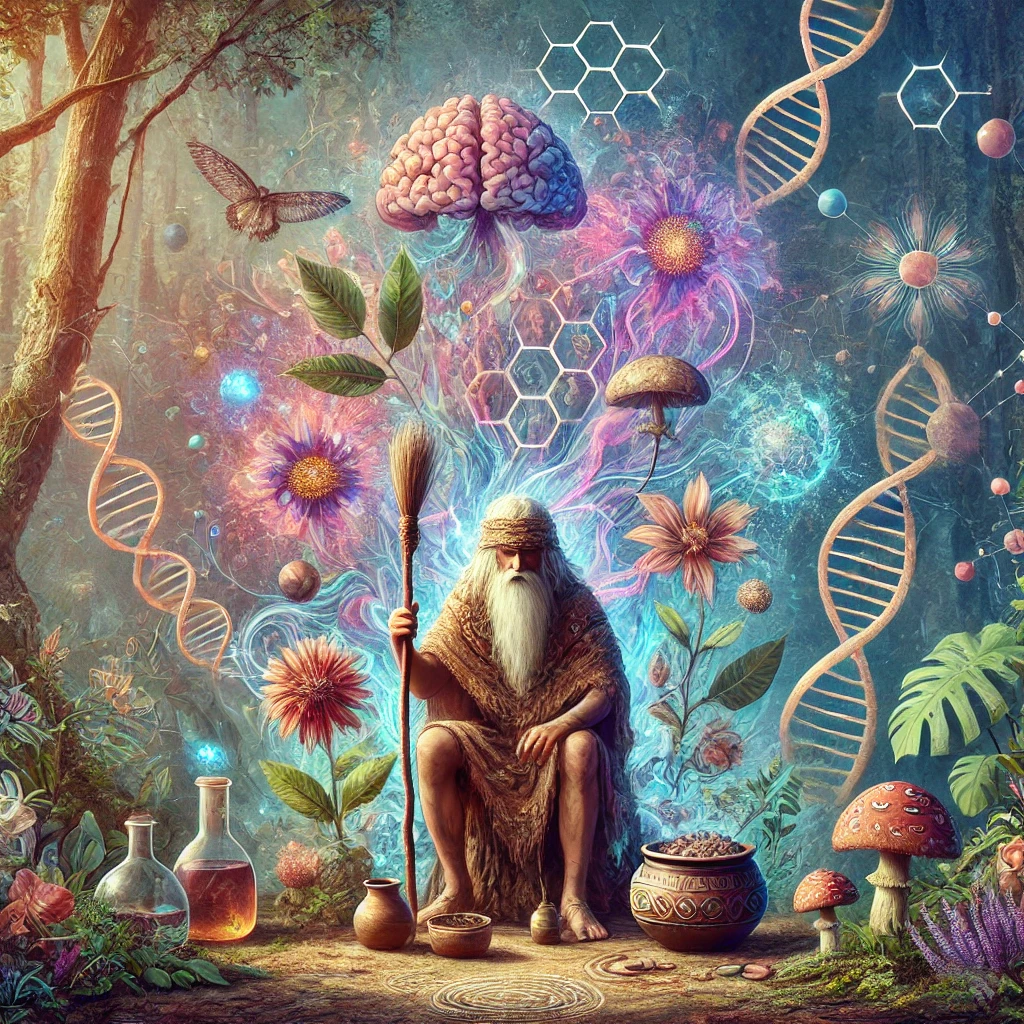Plant Medicine in Shamanic Traditions
In modern times, there’s a growing interest in ancient healing practices, particularly the use of plant medicine in shamanic traditions. These powerful natural substances, like ayahuasca and psilocybin, have been used for centuries by indigenous cultures to facilitate spiritual healing and personal transformation. Today, they’re being revisited by those seeking alternatives to conventional mental health treatments.
Recent studies have shown that these plant medicines can profoundly affect the brain and consciousness. Research on psilocybin, the active compound in magic mushrooms, has demonstrated its potential to alleviate depression, anxiety, and PTSD. A study published in JAMA Psychiatry found that psilocybin-assisted therapy produced significant reductions in depression symptoms that lasted for months .
Shamans have long believed that plant medicine is a gateway to the spirit world, offering insights, guidance, and healing that transcend the physical realm. Ayahuasca, for example, is a brew made from the Banisteriopsis caapi vine and other plants, traditionally used by Amazonian tribes to treat various ailments and to connect with the divine.
Incorporating plant medicine into modern healing practices requires a respectful and very informed approach. Many people today are turning to these ancient tools to address deep-seated emotional and psychological issues that conventional treatments have failed to resolve. It’s important, however, to approach plant medicine with caution and under the guidance of experienced practitioners. It must be respected and not recreational. I can not stress this enough.
As we face new challenges in mental health and personal growth, revisiting ancient practices like plant medicine offers a unique opportunity to blend traditional wisdom with modern science. By doing so, we can tap into the profound healing potential that these practices have to offer.







